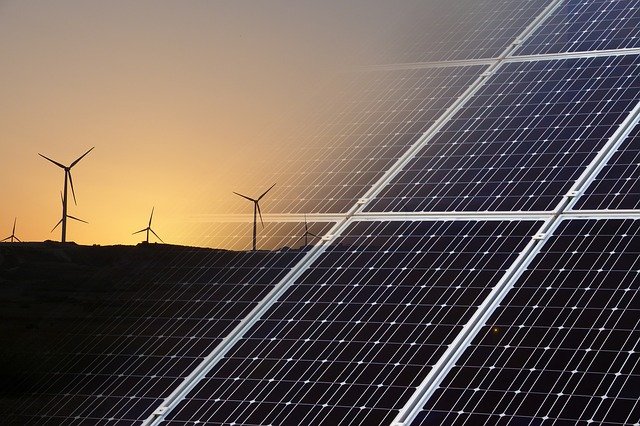The European Innovation Council of the European Commission announced granting investment for researching four future clean energy projects on 24th December 2020.
The funding is awarded under the Pathfinder Scheme which is for deep technology research and innovation and is aimed at supporting visionary ideas that may or may not transform into reality.
The four projects which are awarded funding are, HERMES, TPX-Power, LICROX and MetaVEH.
1. HERMES
This project is based on zero emission breakthroughs to generate heat with the help of hydrogen metal systems. The main aim of this project is revisiting the concept of cold fusion that first emerged in 1989 with the discovery by Martin Fleischman and Stanley Pons from Britain and France respectively for the excess production of heat during heavy water electrolysis with the use of a palladium electrode at room temperature.
When this was discovered it was thought to provide a cheap way for clean energy but the discovery remained controversial for its limitation of replication. However no evidence has yet been provided for this phenomenon. It is clear that it needs to have some pioneer search to be conducted in this field.
HERMES is intended to draw conclusions from the study of hydrogen and deuterium effects loaded with palladium at intermediate and room temperature of about 800 degree Celsius. The project will use the advanced tools and techniques which are developed in the last few decades for investigation of the hydrogen system for cleaner energy.
2. TPX-Power
The waste generated by several transports, data processors, energy using processes, industries etc. Is a increasing problem and surely difficult, inefficient and costly for exploiting. The waste heat recovery using near-field thermo photonics is aimed at an efficient waste heat energy process for recovery. The present methods for recovering are quite expensive and limited with the power density and conversion efficiency terms. This TPX power project will conduct tests for a new approach that can create around the efficiency of two times for the combustion engines and thereby provide a generic and pollution free energy conversion process. It will utilize the electro luminance thermodynamics, photovoltaic energy production and the near-field photon transport for converting the advances in cooling the thermo photonic in a heat engine technology. The TPX heat engines make the use of super thermal emissions from an LED which is heated by the waste heat for illuminating a PV cell present at the ambient temperature.
3. LICOREX
The photoelectrochemical cells or the PECs that imitate photosynthesis are a source of direct system that convert sunlight into to store chemical energy and don’t contain any unnecessary steps like conversion of sunlight into electricity. Despite having a good potential the present PECs are not very efficient in sunlight and options and usually incorporate non abundant aur other toxic rudiments.
The LICOREX project is for solar fuel production by the assistance of light using artificial carbon dioxide reduction and water oxidation process. The main main purpose of the project is creating photoelectrochemical cells that can efficiently convert chemical energy from sunlight. This new type of photo electrochemical cell will have a triple complimentary light absorbing element set that will incorporate molecular catalysts which are made only from abundant elements. The several light capturing mechanisms which have been proved ineffective for boosting light harvesting efficiency for the film solar cells will now be validated with transition metal oxides present in the cell.
4. MetaVEH
In the recent years what are the technologies which have evolved in the most rapid manner are definitely wireless technologies and the energy harvesting techniques are a crucial element for this new advancing technologies. But for servicing the demand of fully autonomous wireless sensors more power is needed. This MetaVEH proposes developing innovative electrochemical energy based harvesting systems which are lead free and will provide the potential lead for eliminating batteries in the remote smart structures and devices like the smart grid. The mechanical inside of these new harvesters will integrate the piezoelectric patches, improved by the unique wave control abilities from the elastic Metamaterials.
The ultimate goal of this project is eliminating battery use, which is expensive and has toxic chemical cost as well. The potential applications of this project include IOT devices and wearable or any system which is based on completely autonomous wireless sensors.
These four of the radically new clean energy projects will be operated in the next three to four coming years with their primary focus on sensor power harvesting, production of clean energy waste, heat energy recovery and energy storage from the chemicals.
We try our best to fact check and bring the best, well-researched and non-plagiarized content to you. Please let us know
-if there are any discrepancies in any of our published stories,
-how we can improve,
-what stories you would like us to cover and what information you are looking for, in the comments section below or through our contact form! We look forward to your feedback and thank you for stopping by!

































